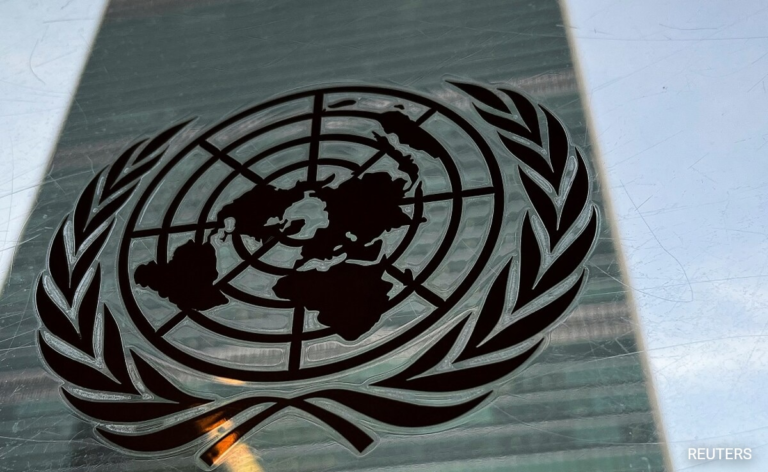

only Kol Dam and Karcham Wangtoo project adhered to the water release guidelines. (Representational)
Shimla:
The Himachal Pradesh government has found that 21 out of the 23 dams in the state have violated safety norms, and said it will take action against their managements.
Officials said the lack of monitoring by government agencies is also being blamed for the violations.
“As many as 21 dams have not adhered to the safety norms and legal action will be taken against them,” Chief Secretary Prabodh Saxena told PTI on Sunday, adding that officers have been directed to prepare a detailed report on the damage caused due to the negligence of the dam authorities.
The officials said the HP State Electricity Board-operated Larji hydropower project in Mandi and Jateon in Sirmaur, and the HP Power Corporation-run Sawra Kuddu project in Shimla and Sainj in Kullu are among the violators.
There are 23 hydel projects with a total capacity of 9,203 megawatts (MW) in Himachal run by agencies like the National Hydro Power Corporation (NHPC), National Thermal Power Corporation (NTPC), Bhakra Beas Management Board (BBMB), Satluj Jal Vidyut Nigam Limited (SJVNL) and the Independent Power Producers (IPP). Six more projects of 1,916 MW capacity are under construction.
The officials said only the Kol Dam in Bilaspur and the Karcham Wangtoo project in Kinnaur adhered to the water release guidelines.
Strengthening of the early warning system was stressed after 24 students from Andhra Pradesh were washed away as water from the Larji Dam was discharged without prior warning in 2014, Saxena said.
The flooding in low-lying areas in Punjab and Himachal Pradesh has been attributed to the release of water from the Pong, Pandoh and Malana dams, the officials added.
Chairing a meeting on Friday on safety issues regarding the discharge of water, Saxena maintained that responsibility must also be fixed for the failure of the dam authorities in complying with the relevant provisions of the Dam Safety Act (DSA) and the Central Water Commission (CWC) guidelines of 2015.
“The time for persuasion and dialogues was over and we should not shy away from taking stringent action against the defaulters,” he said in a statement then.
The chief secretary stated that the recent crisis in the state downstream of the reservoirs can be attributed towards the failure of the dam safety check, which was either neglected or was not done as per the standard guidelines of the DSA.
He said that there are relevant provisions under the DSA, like setting up of early warning systems, water release guidelines, setting up of control rooms, reservoir maintenance, emergency action plan and better communication between dam sites and powerhouse which must be implemented on the ground.
Underlining the need for risk assessment of the dams on a regular basis and ensuring that dam safety units are functional round-the-clock, the chief secretary pitched for the effective functioning of the state committee on dam safety and state dam safety organisation.
So far 221 people have died in rain-related incidents since the onset of the monsoon on June 24 and about 11,900 houses have been partially or completely damaged, according to the state emergency operation centre.
(Except for the headline, this story has not been edited by NDTV staff and is published from a syndicated feed.)
(This news is published through a syndicated feed courtesy NDTV)



